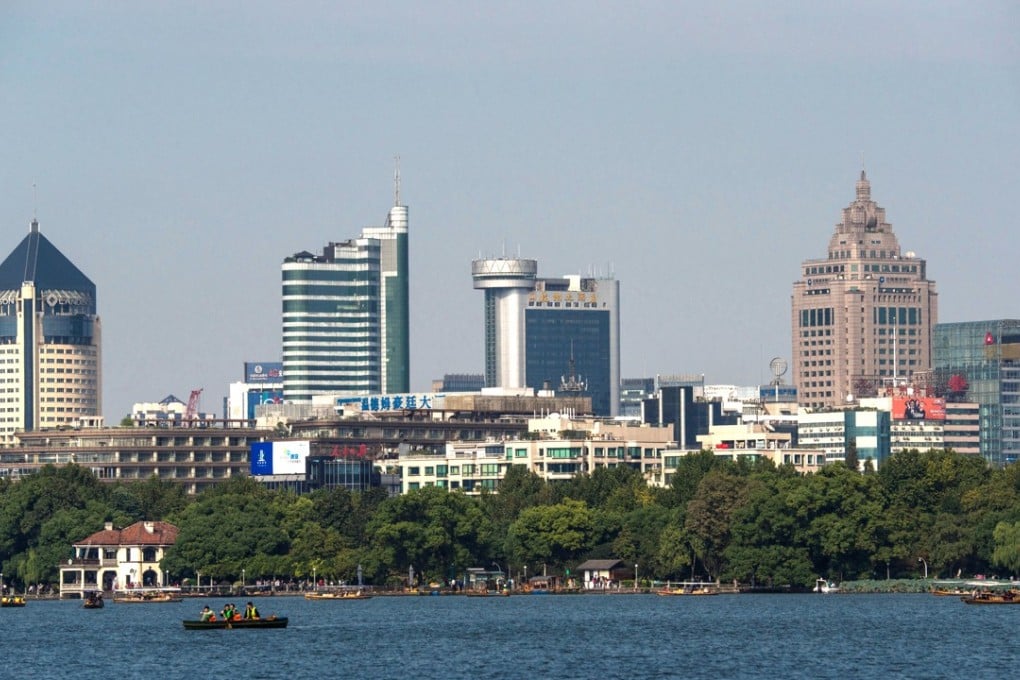Chinese province Zhejiang jumps on the Greater Bay Area bandwagon with its own ambitious regional blueprint
Provincial authorities eye national backing for plans to link three economic zones, doubling output within them by 2022

The eastern Chinese province of Zhejiang is aiming to follow in its southern counterparts’ footsteps by setting up a “Greater Bay Area” to double economic output in a zone centred on its capital Hangzhou.
The provincial government on Monday unveiled its economic blueprint to integrate development of the Hangzhou Bay economic rim, the Ningbo-Taizhou-Wenzhou port industrial belt, and the Yiwu-Ningbo-Zhoushan open channel.
Zhejiang’s goal is double the economic output within the three areas to 6 trillion yuan (US$938 billion) by 2022, with 750 billion yuan in investment over the same time.
Why Zhuhai and other Greater Bay Area cities are no Connecticut to Hongkongers
The province also hopes to convince Beijing to elevate the blueprint to a national plan, a move that would attract more investment.
It became provincial policy in December when governor Yuan Jiajun said Zhejiang wanted to have a “world class” bay area by 2035.